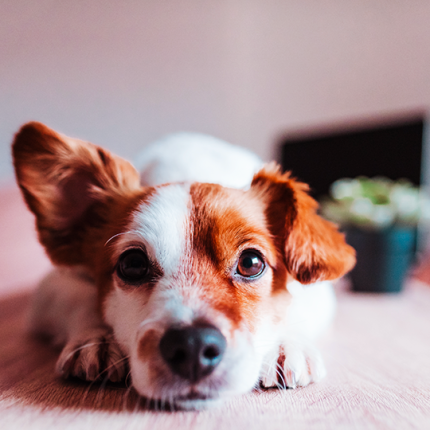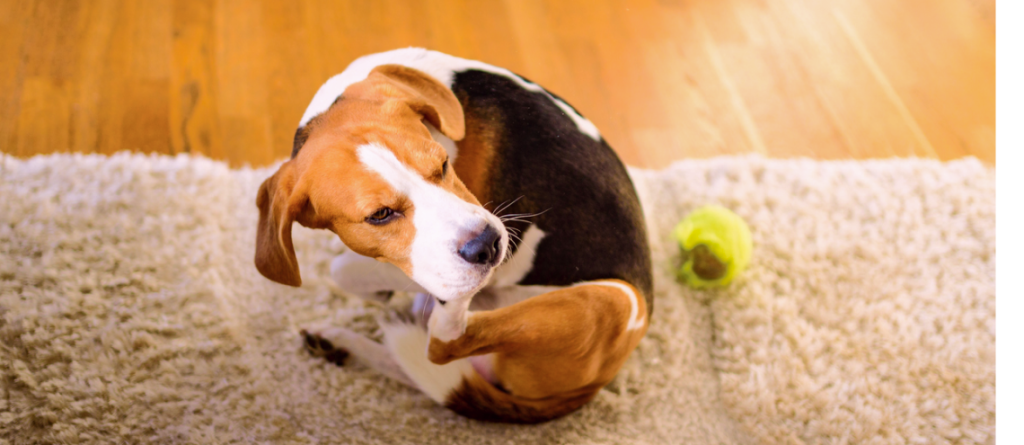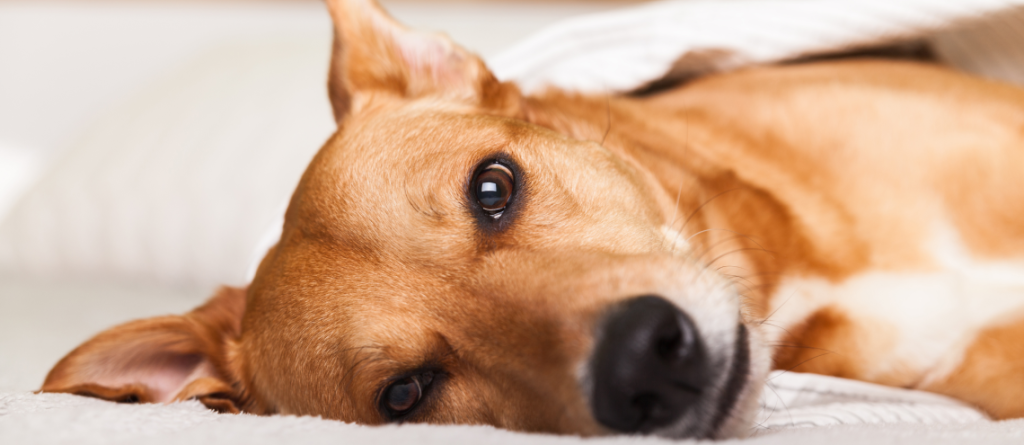3 Sneaky signs your dog may have a nutrient deficiency. Symptoms and solutions to nutrient malabsorption in dogs.

We all want our pets to live happy and healthy lives, that’s a given. But what may surprise you is the food we choose to feed our dogs not only has a major direct impact on their physical health, but their mental health too. If your dog’s digestive system is not able to break down the food they’re eating and absorb nutrients from it, or if the food itself is devoid of the nutrients they need to thrive, this will manifest in negative symptoms. These symptoms can be physical or even behavioral.
Keep reading to learn a few signs that your dog may be suffering from a nutrient deficiency, and how to help them.
Patchy fur or flakey skin.

For most dogs, shedding is a normal, healthy part of life. Some breeds shed year-round, others shed their coat seasonally, and some dogs don’t ever lose much fur at all. What “normal” shedding looks like will differ for each unique dog. That said, if you notice that your dog is shedding more than what’s normal for them, if they’re losing fur in big patches, or even if their coat looks dull, this is usually a sign that something is up. Issues with your dog’s coat and/or skin can be an indication that they are not receiving all the nutrients they need in their diet. Their skin might be overly flakey and dandruff-y or you may notice them scratching and biting at their fur/skin. They may even experience skin sores that seem to come out of nowhere and are slow to heal. When the body doesn’t receive the nutrition it needs to function properly, the immune system suffers and becomes weak, leaving your dog more susceptible to illness and making it more difficult for them to heal.
Diarrhea or consistently irregular stools.

You know what they say, what goes in must come out. And if what’s coming out of our pet’s tail end is looking funky, especially if it’s on a regular basis, there might be an issue with what’s going in. Your dog’s poop is one of the best indicators of their internal health. A healthy, well-functioning digestive system will be able to break down and process the majority of the food your dog eats, so long as that food is healthy, natural, and species-appropriate. If your dog is on a raw diet, you will probably notice that their poop is smaller, less messy, and less smelly than the poop they produced on a kibble diet. This is because dog’s struggle to absorb nutrients from highly processed kibble that is often largely devoid of natural nutrient value and replaced with synthetic nutrients added back in. If your dog is regularly irregular, one of the best things you can do is take a look at their diet.
Lethargy or depression.

Believe it or not, our pets can experience depression just like humans can. If your dog is usually spunky and full of energy and you notice they seem a bit down in the dumps for no reason, their diet could be the culprit. A healthy, adapted diet fuels healthy, happy dogs. That said, if your pet seems lethargic, your first step should always be to contact your vet. A vet visit comes before any dietary adjustments when it comes to lethargy as this could be a symptom of a significant heath issue.
Have questions or want to learn more about how to transition your dog to a raw diet? You can get in touch with us by sending an email to help@carnos.com or filling out our contact form here.

